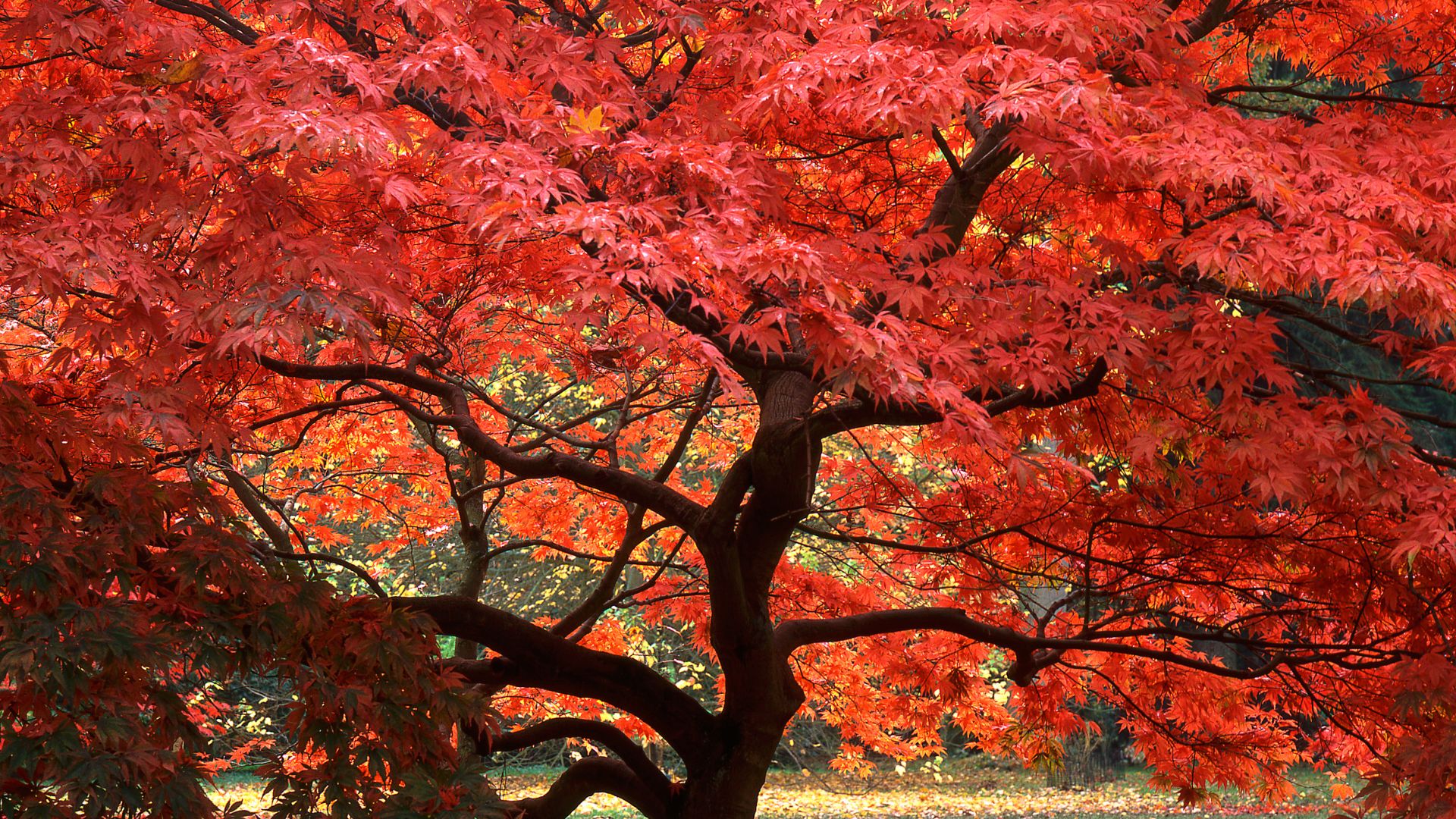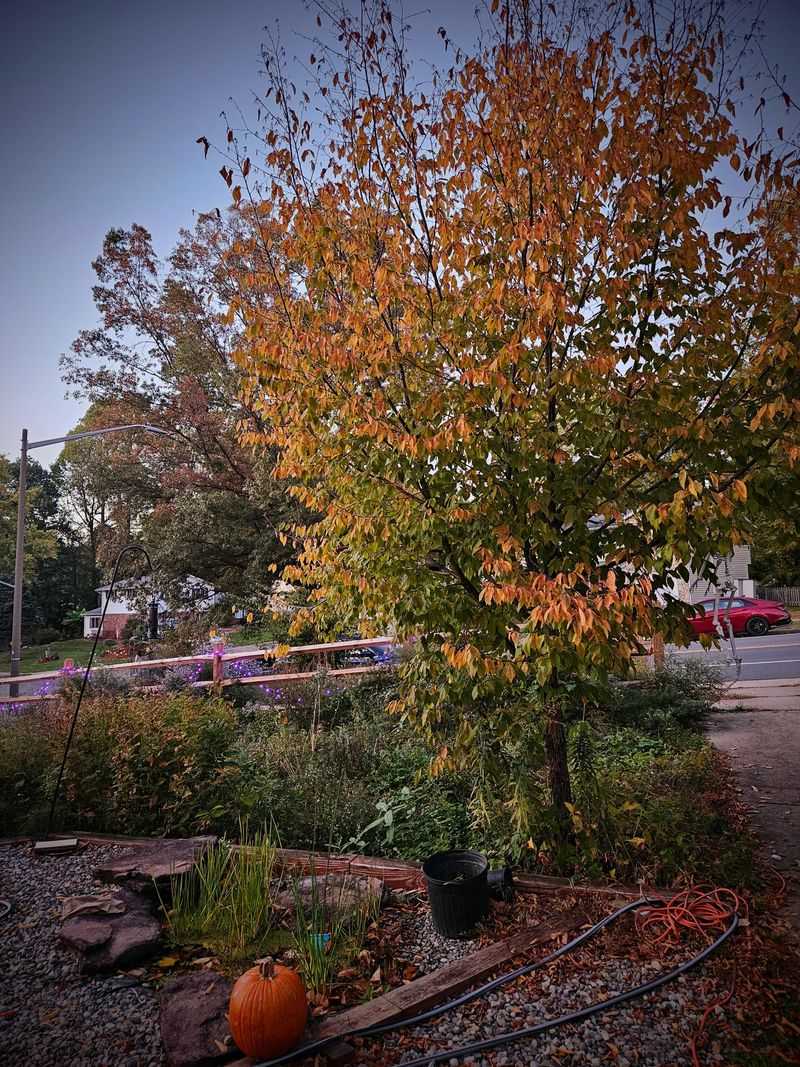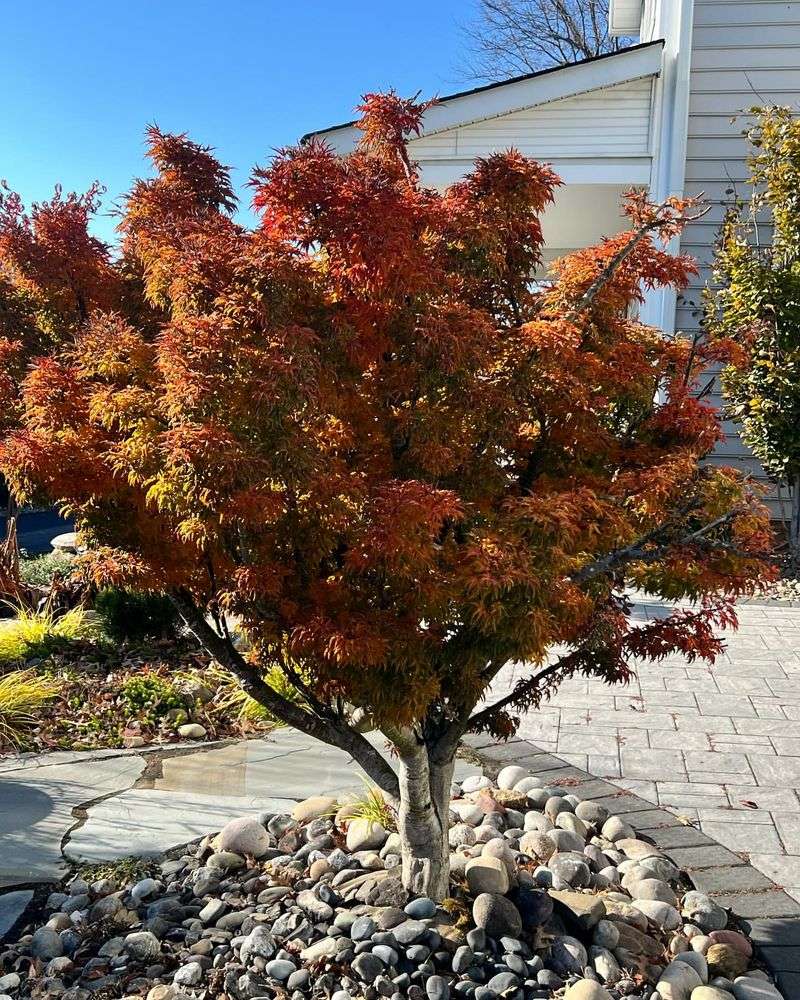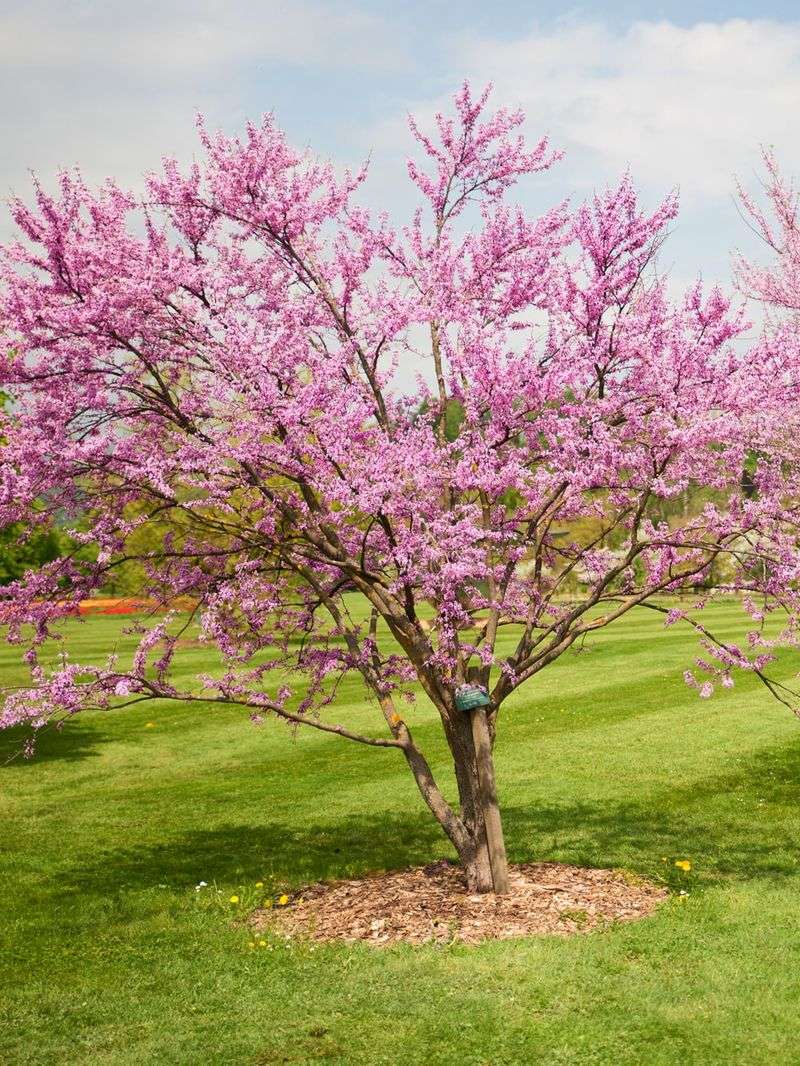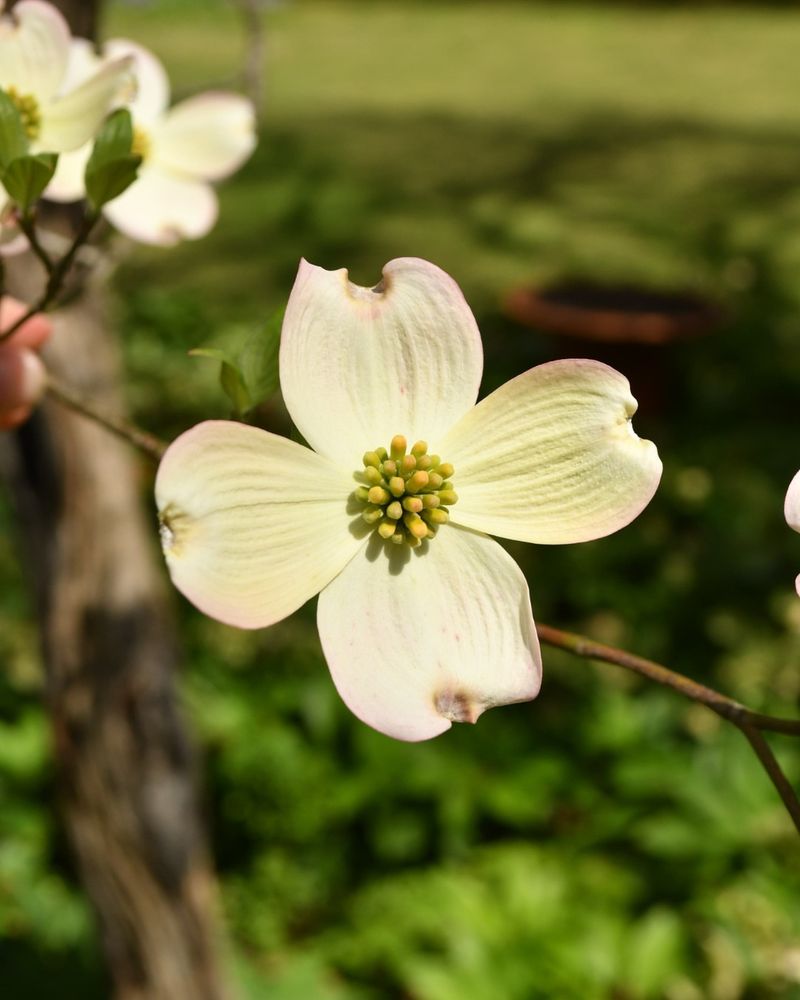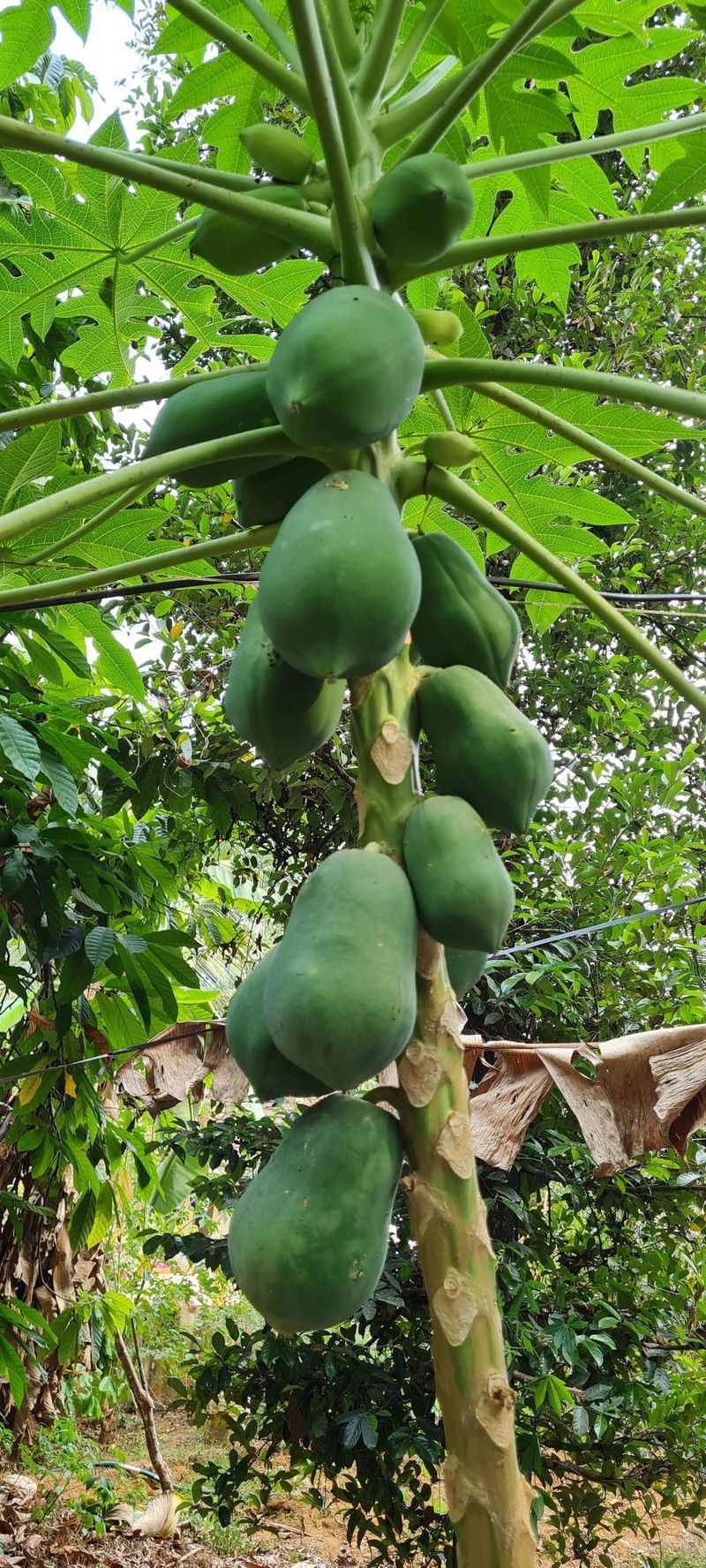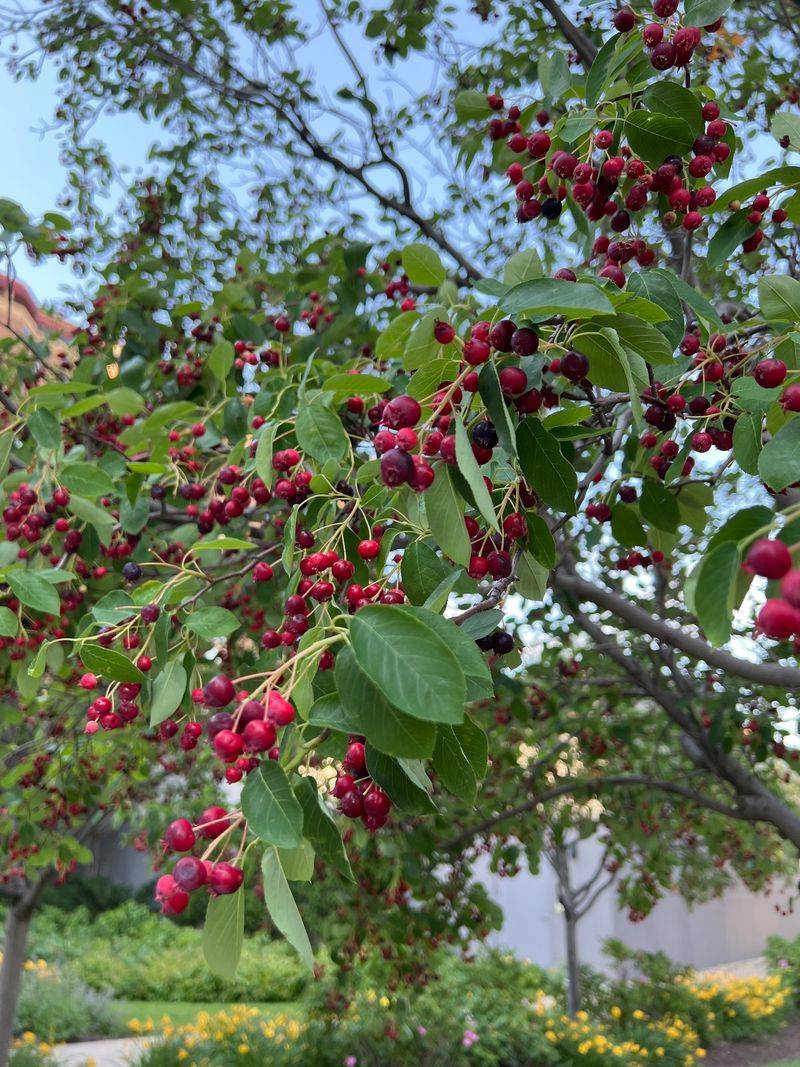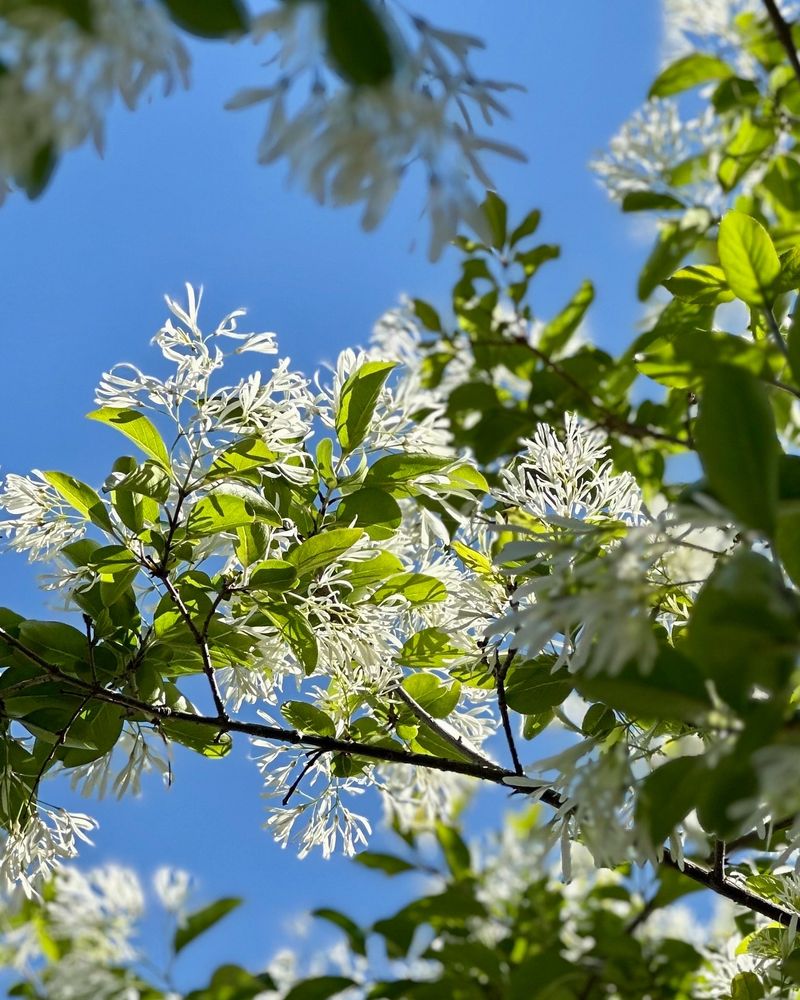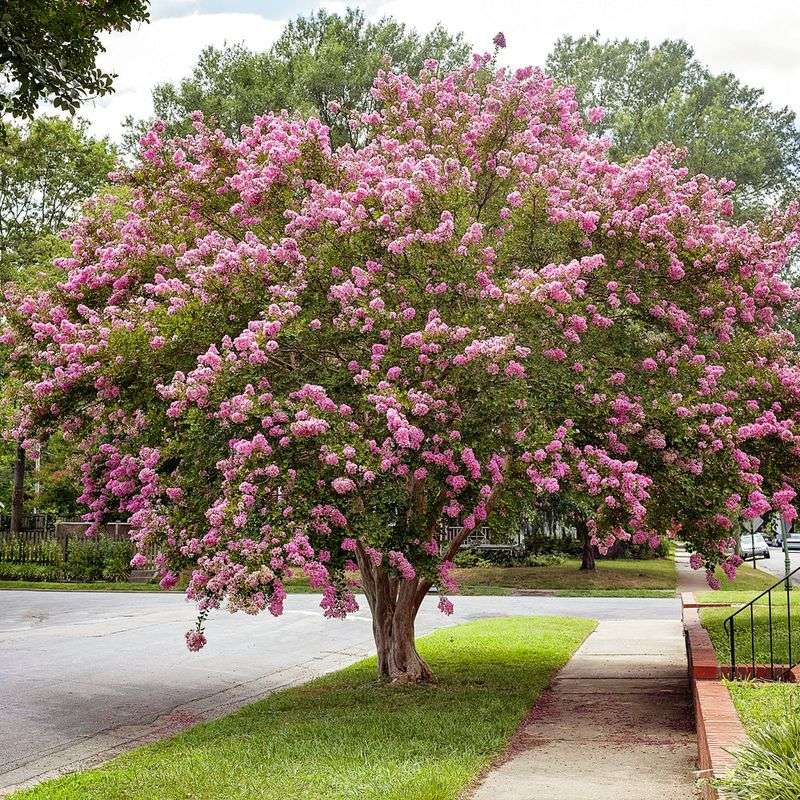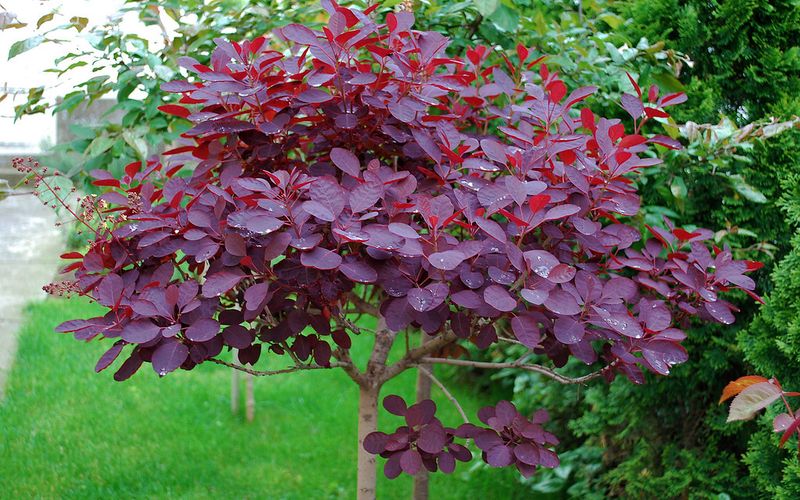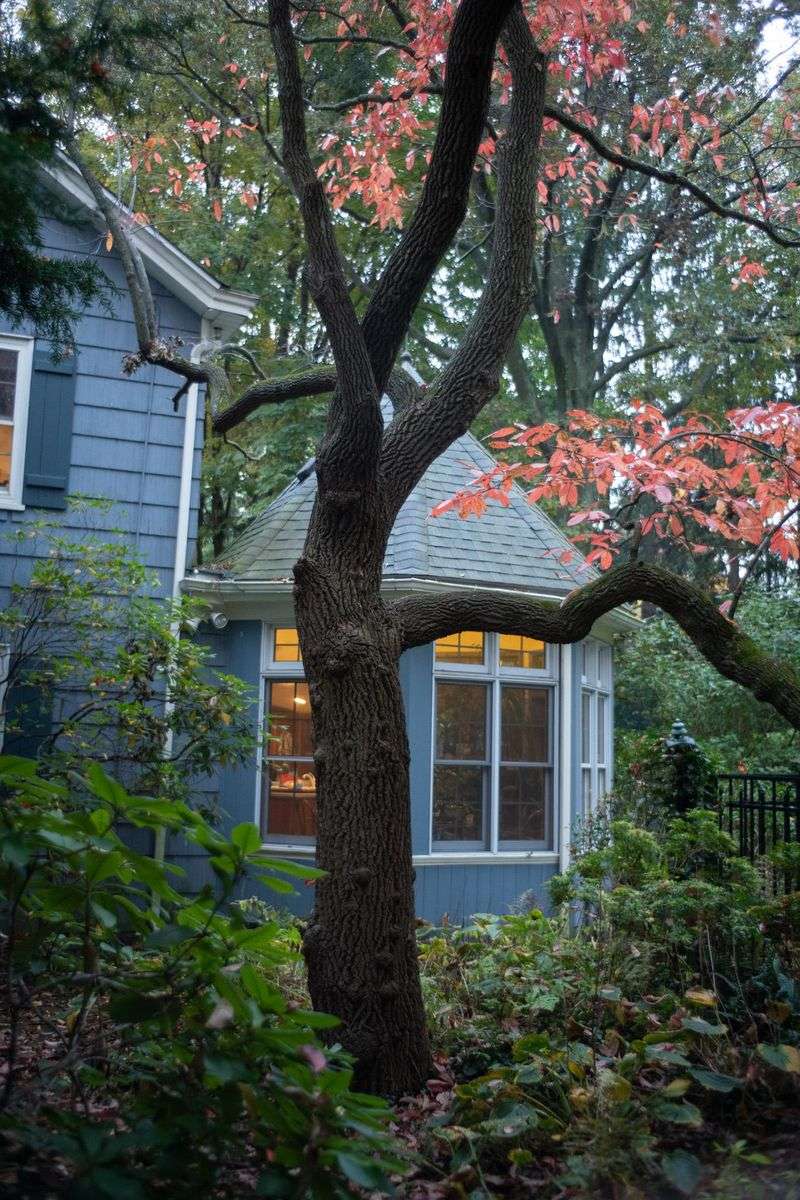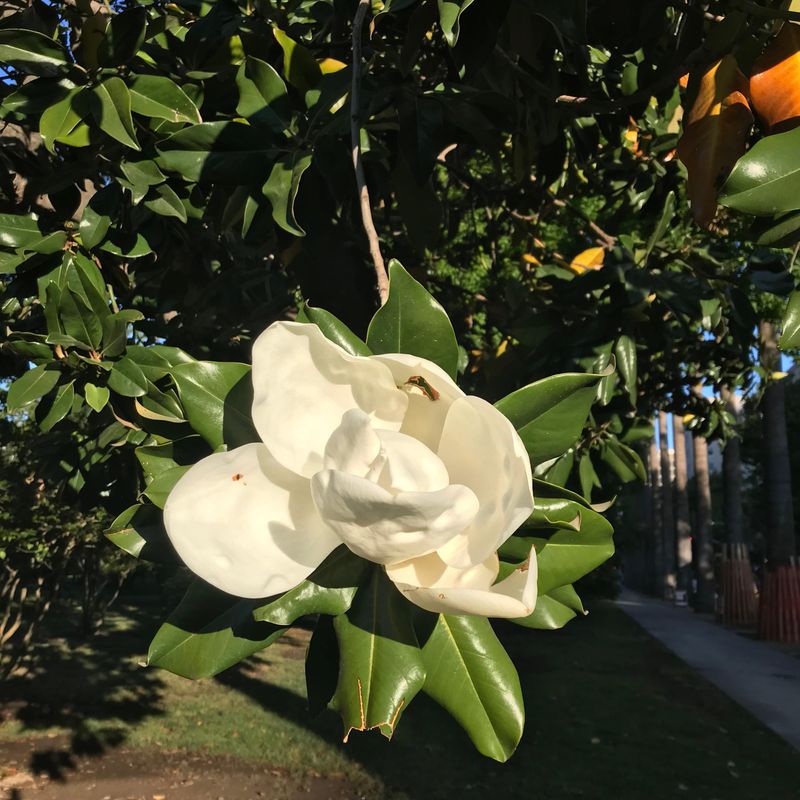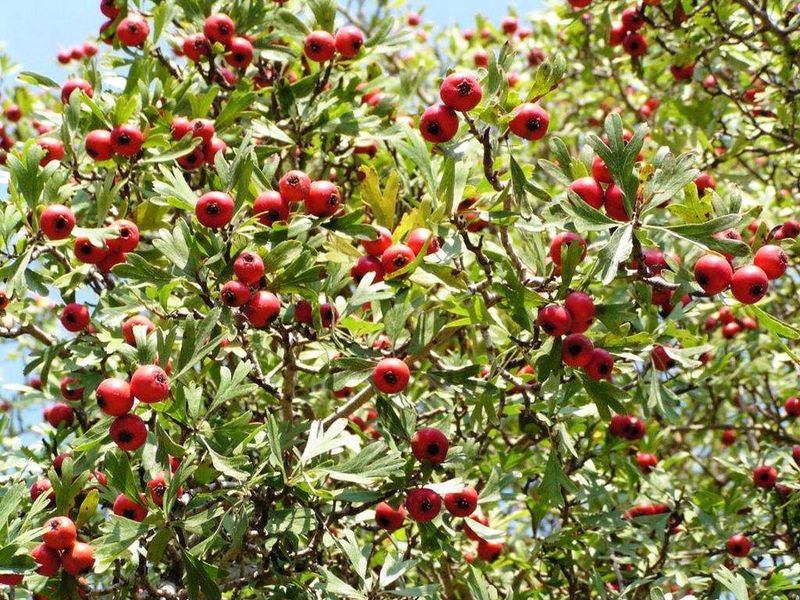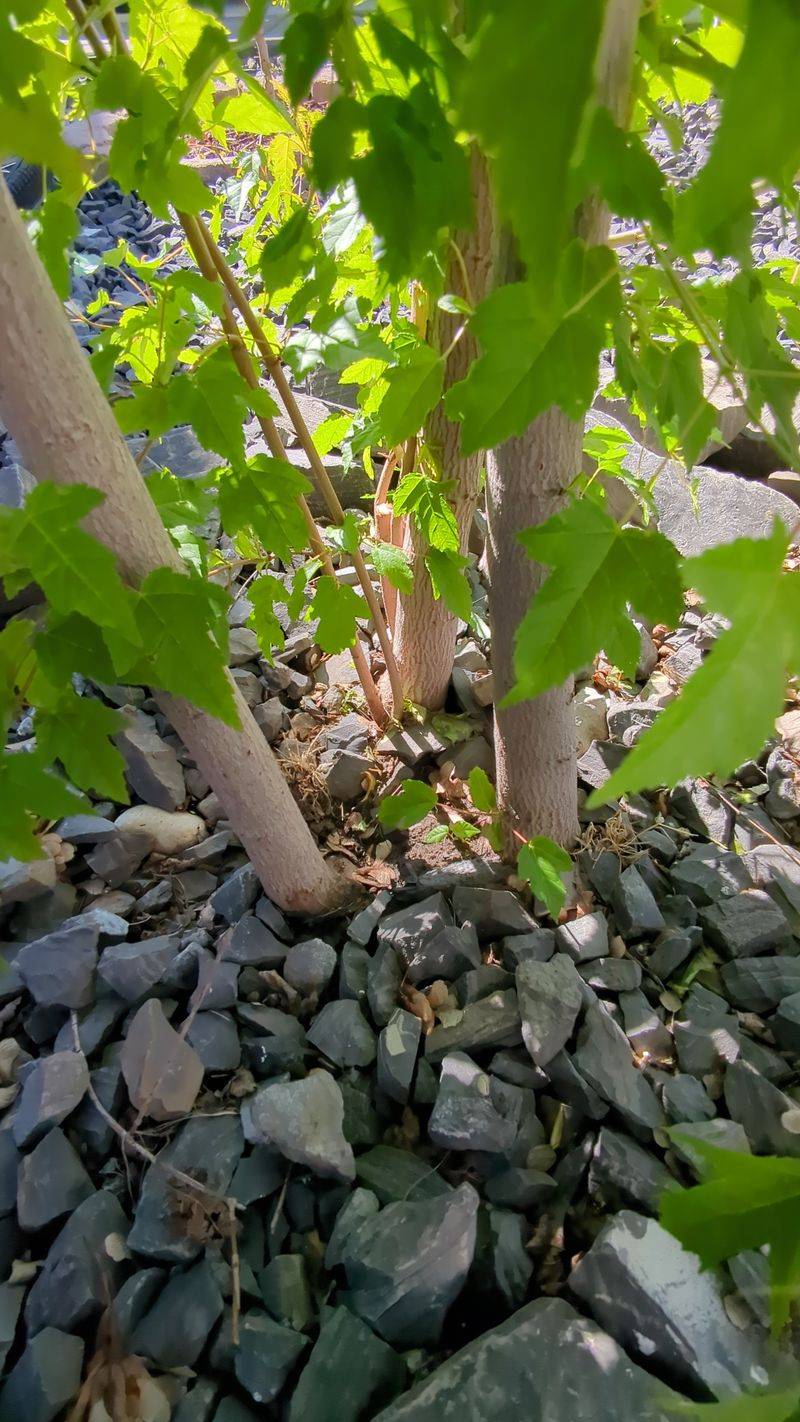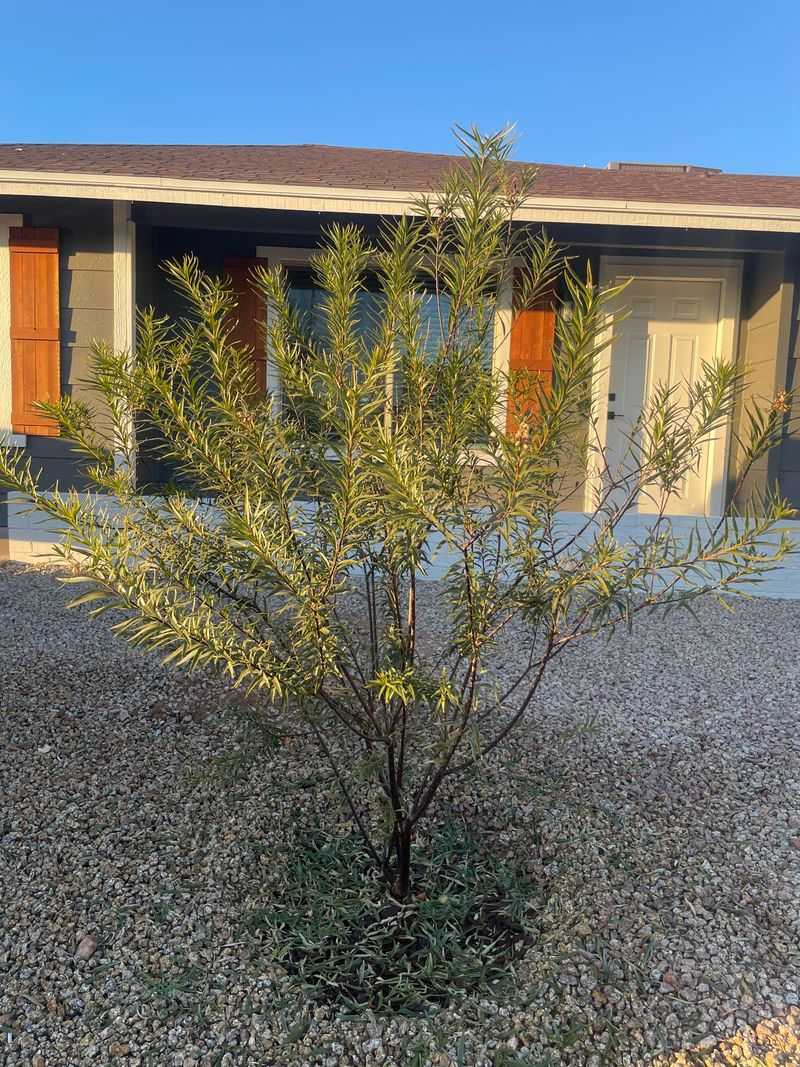Picking the right trees for your Arkansas yard isn’t just about curb appeal—it’s about keeping your plumbing safe. Some trees have aggressive roots that can invade underground pipes, causing expensive damage. The good news? You don’t have to sacrifice beauty to avoid those headaches.
Arkansas’s climate supports plenty of stunning trees that play nice with your sewer lines. From shade-givers to seasonal showstoppers, there are options that thrive without threatening your plumbing. It’s all about choosing varieties that grow deep and slow, not wide and wild.
With a little planning, you can enjoy a lush, tree-filled yard without worrying about costly repairs. These root-friendly picks offer the best of both worlds—gorgeous foliage and peace of mind for your home’s foundation.
1. American Hornbeam
This underrated native tree has a slow growth rate and a relatively shallow root system that makes it less likely to invade pipes. The smooth, muscular-looking bark adds winter interest to any Arkansas landscape.
I’ve planted several near my own drainage areas in central Arkansas without any pipe problems for over a decade. They handle our clay soils surprisingly well.
Maximum height reaches about 30 feet, making it perfect for smaller yards where space might be limited but you still want shade.
2. Japanese Maple
Beloved for its gorgeous fall colors, Japanese maples develop non-aggressive root systems that stay relatively compact. Their shallow roots typically spread outward rather than diving deep toward pipes.
Look for varieties like ‘Bloodgood’ or ‘Emperor I’ that handle Arkansas heat better than other cultivars. My neighbor’s specimen has thrived for years just 15 feet from his water line without issues.
These ornamental beauties rarely exceed 25 feet tall, making them ideal for smaller spaces near patios or entryways.
3. Eastern Redbud
A springtime favorite across Arkansas, redbuds feature stunning pink-purple flowers that emerge before the heart-shaped leaves.
Their root systems tend to be shallow and not particularly aggressive toward underground pipes. Growing up in the Ozarks, these were always the first sign of spring. We had one just 10 feet from our septic line for 20+ years without a single issue.
Reaching heights of 20-30 feet, these native trees provide dappled shade without the destructive root habits of larger species.
4. Flowering Dogwood
Arkansas’s beloved state flower sits atop a tree with a relatively contained root system. Dogwoods produce stunning white or pink blooms in spring and vibrant red berries that attract birds in fall.
Native to our woodland understories, these trees have evolved to thrive without developing aggressive, pipe-crushing roots. The shallow root system spreads horizontally rather than diving deep.
After 15 years of growing them around my Little Rock property, I’ve never experienced any pipe interference from these beautiful landscape additions.
5. Pawpaw
This unique native produces tropical-tasting fruits and has a taproot system that doesn’t typically cause pipe problems. Pawpaws grow wild in parts of Arkansas but make excellent landscape trees too.
The roots form a deep taproot rather than spreading widely, keeping them away from most pipe systems. They prefer partial shade and moist, well-drained soil.
My uncle has grown several near his septic field in the Arkansas River Valley for years without any root intrusions – plus he gets delicious custard-like fruits each fall!
6. Serviceberry
Sometimes called Juneberry, this multi-season showstopper sports white spring flowers, edible berries, and fiery fall color. The fibrous root system stays relatively shallow and compact.
Many Arkansas gardeners overlook this gem, but it’s been one of my favorites for years. The berries taste like blueberries with almond notes and make excellent preserves.
Plant it confidently near water lines – I’ve had one within 8 feet of my outdoor spigot for a decade with zero issues in our heavy clay soil.
7. Fringe Tree
Clouds of fragrant white flowers dangle from this Arkansas-friendly native each spring. The slow growth rate means equally slow-developing roots that rarely cause pipe problems.
Female trees produce attractive blue-black fruits that birds love. The root system is notably non-aggressive compared to many other flowering trees.
I planted one near my driveway in northwestern Arkansas about 12 years ago, just feet from water lines. It’s remained completely well-behaved while providing spectacular spring displays.
8. Crape Myrtle
A southern landscape staple, crape myrtles have relatively shallow, non-invasive root systems that rarely disturb underground pipes. Their spectacular summer blooms last for months in Arkansas heat.
Choose varieties like ‘Natchez’ or ‘Muskogee’ that reach tree size rather than shrub forms. The smooth, peeling bark adds winter interest when flowers are gone.
Having grown these throughout central Arkansas for decades, I can attest they’re one of the safest flowering trees to plant near utilities – just give them full sun.
9. American Smoketree
This Arkansas native produces dramatic plumes of smoky-looking flowers that give it its name. The root system tends to be shallow and not particularly aggressive toward underground pipes.
Fall brings spectacular orange-red foliage that rivals any other autumn display. These trees naturally grow in rocky, dry sites where deep, aggressive roots aren’t beneficial.
My sister planted several along her driveway in the Ouachitas, just feet from her water line. Eight years later, she’s had zero pipe issues while enjoying their unique beauty.
10. Sweetbay Magnolia
Unlike its massive southern magnolia cousin, sweetbay has a more controlled root system that’s less likely to damage pipes. The creamy white, lemon-scented flowers appear throughout summer in Arkansas gardens.
This semi-evergreen beauty keeps some leaves through our mild winters. The roots form a relatively compact system rather than aggressively seeking water sources.
I’ve grown one about 12 feet from my septic drain field for over 15 years in central Arkansas with zero problems – definitely a safer choice than many larger trees.
11. Sourwood
Though less common in Arkansas landscapes, sourwood deserves more attention for its non-aggressive roots and stunning features. The lily-of-the-valley-like flower chains dangle from branches in summer.
Fall brings brilliant red foliage that rivals any maple. The slow growth rate means equally slow-developing roots that rarely cause pipe problems.
A friend in the Ozarks planted one near his water line about 20 years ago – it’s now a magnificent specimen with zero pipe issues despite our rocky soil.
12. Dwarf Southern Magnolia
Regular southern magnolias have notorious pipe-crushing roots, but dwarf cultivars like ‘Little Gem’ and ‘Teddy Bear’ cause far fewer problems.
They produce the same iconic fragrant white flowers on a more manageable scale. The compact root systems stay more contained than their massive cousins. You’ll get the classic magnolia experience without risking your plumbing infrastructure.
My parents planted a ‘Little Gem’ about 15 feet from their water line in Hot Springs. Twenty years later, it’s still behaving itself while providing year-round beauty.
13. Hawthorn
These native Arkansas trees feature beautiful spring flowers, interesting fruits, and root systems that typically don’t threaten pipes. The Washington hawthorn is particularly well-adapted to our climate.
White spring flowers attract pollinators, while the red berries persist through winter, feeding birds when food is scarce. The thorns provide excellent nesting protection for songbirds.
Growing up in northeastern Arkansas, we had several near our house’s foundation and water lines without any root problems over decades – just avoid planting directly over pipes.
14. American Yellowwood
This underutilized native produces cascades of white, wisteria-like flowers that perfume the air each spring. The root system is notably less aggressive than many other medium-sized trees.
Fall brings brilliant yellow foliage that gives the tree its name. The smooth gray bark adds winter interest when leaves have dropped.
I planted one about 10 feet from my water line in central Arkansas clay soil about 12 years ago. It’s been a reliable performer with absolutely no pipe issues while providing gorgeous seasonal interest.
15. Vitex (Chaste Tree)
While technically a large shrub that can be trained as a small tree, vitex offers spectacular purple flower spikes that attract butterflies all summer long.
The root system remains relatively contained and non-threatening to pipes. Thriving in Arkansas heat and drought once established, this Mediterranean native asks little while giving much.
The aromatic foliage even repels some insect pests. My vitex has grown happily near my garden spigot for over a decade in rocky Ozark soil without causing any plumbing headaches – a reliable choice for safer planting.
16. Amur Maple
This small maple species offers brilliant fall color without the aggressive root systems of larger maples. Growing only 15-20 feet tall, it’s perfect for Arkansas landscapes where space and pipe safety are concerns.
The fiery autumn display rivals any other fall performer. Unlike silver or sugar maples, the roots tend to stay relatively shallow and less invasive.
Having grown several in my previous Little Rock yard near water lines, I can confirm they’re much better behaved than their larger maple cousins – a safe bet for most Arkansas properties.
17. Desert Willow
Despite the name, desert willow isn’t a true willow and lacks the pipe-crushing roots true willows are infamous for. The trumpet-shaped pink or purple flowers bloom all summer in Arkansas heat.
Naturally adapted to dry conditions, this tree doesn’t aggressively seek water sources like many problematic species. The airy, open canopy creates light shade rather than dense coverage.
My desert willow has thrived in western Arkansas for years about 12 feet from water lines without any hint of root invasion – definitely a safer choice than actual willows!

